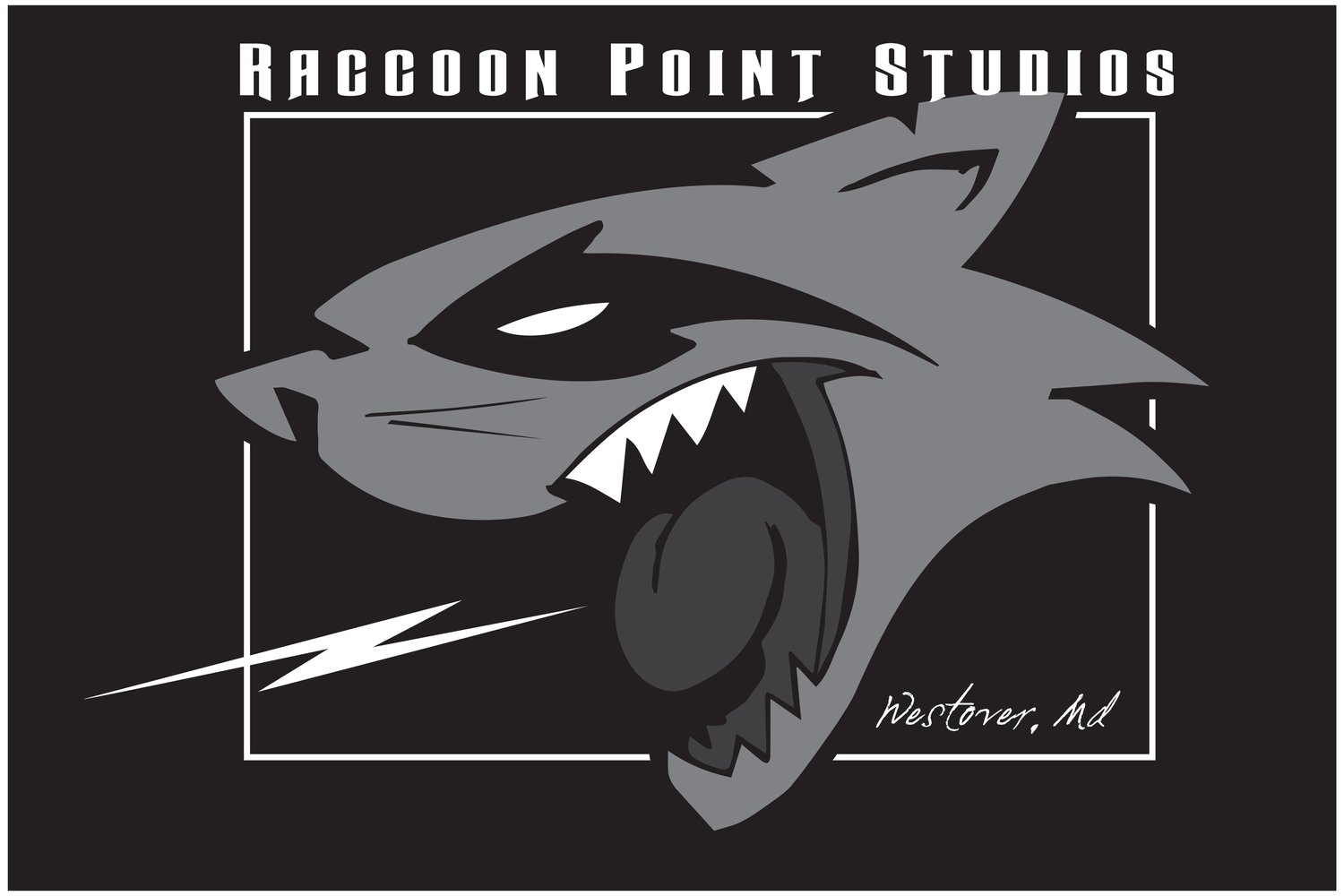Different Types of Delay and Reverb Pedals
For musicians seeking to enrich their sonic palette, delay and reverb pedals stand as fundamental tools. In this guide, we'll navigate through the various types of these pedals, unraveling their unique features and applications.
Whether you're a guitarist, musician, or producer, this exploration aims to provide clarity on the diverse options available, helping you make informed choices to enhance your musical expression with depth, texture, and ambiance.
1. Analog Delay Pedals:
Analog delay pedals use the same technology as vintage tape delay machines. They create warm, smooth, and organic delay sounds. Analog delays typically have shorter delay times, ranging from a few milliseconds to several hundred milliseconds. They produce a natural decay and can enrich your overall tone.
Examples of popular analog delay pedals:
- MXR Carbon Copy
2. Digital Delay Pedals:
Digital delay pedals use digital processing to reproduce delay effects. They offer more precise and versatile control over delay time, modulation, and other parameters. Digital delays can simulate various delay types, from short slapbacks to long, spacious repeats. They usually feature longer maximum delay times compared to analog pedals.
Examples of popular digital delay pedals:
- Strymon Timeline
- TC Electronic Flashback
- Boss DD-7
3. Tape Delay Emulation Pedals:
Tape delay emulation pedals aim to recreate the distinct warm sound of vintage tape delays. They use digital algorithms to mimic the saturated, slightly modulated delays of tape machines. These pedals often offer additional features like tape age simulation and wow/flutter control.
Examples of popular tape delay emulation pedals:
- Strymon El Capistan
- Catalinbread Belle Epoch
- Wampler Faux Tape Echo
4. Multi-Function Delay Pedals:
Multi-function delay pedals combine multiple delay types, usually including analog, digital, and tape simulations. These pedals offer a wide range of delay sounds and extensive control over various parameters. They are an excellent choice for musicians who require versatility and want to experiment with different delay textures.
Examples of popular multi-function delay pedals:
- Line 6 DL4
- Eventide TimeFactor
- Boss DD-500
5. Spring Reverb Pedals:
Spring reverb pedals emulate the classic reverb sound found in vintage amplifiers. They use a similar spring-tank technology to deliver a distinct and authentic spring reverb effect. These pedals are known for their characteristic boingy, splashy, and surf-like sound.
Examples of popular spring reverb pedals:
- Fender Marine Layer Reverb
- Electro Harmonix Holy Grail
- Catalinbread Topanga Spring Reverb
6. Hall/Room Reverb Pedals:
Hall/room reverb pedals simulate the sound of different acoustic spaces, such as concert halls, churches, and rooms. They provide expansive and realistic reverberation, creating a sense of depth and ambience. Hall/room reverb pedals often include adjustable decay time and EQ controls.
Examples of popular hall/room reverb pedals:
- Strymon BigSky
- TC Electronic Hall of Fame
- Boss RV-6
7. Plate Reverb Pedals:
Plate reverb pedals replicate the sound of plate reverbs, which were popular in recording studios. They create a smooth, shimmering, and slightly metallic reverb texture. Plate reverb pedals offer a balance between the lively sound of spring reverb and the realism of hall/room reverbs.
Examples of popular plate reverb pedals:
- EarthQuaker Devices Levitation
- Electro Harmonix Holy Grail Max
- Catalinbread Talisman
In conclusion, delay and reverb pedals come in various types, each offering unique sonic characteristics and applications. Analog, digital, tape delay emulation, multi-function delays, spring reverb, hall/room reverb, and plate reverb pedals all have their distinctive qualities.
Experimenting with different types of delay and reverb pedals can help you shape your sound and add crazy depth to your music!
Take a look at our Reverb Shop here: https://reverb.com/shop/rpmusic
Hey, we’re RPMusic Studios, a real-life Recording Studio on the beautiful Eastern Shore of Maryland. We love our recording studio, YouTube Channel, and Blog, and we hope you do too. If you enjoyed this post, don’t forget to SUBSCRIBE below. Want to learn some awesome recording tips? Grab your FREE GUIDE here. And feel free to visit our website, follow us on social media, and drop us a line anytime. We’d love to hear from you! 🎸
If you think someone will like what we do please forward!
Disclaimer: These are affiliate links, which means we receive a commission if you click on them and make a purchase. As Amazon and Reverb Associates we earn from qualifying purchases. This is at no additional cost to you and it helps us fund our business and bring you more helpful content. We only recommend products that we believe in. Thank you for your support!

































